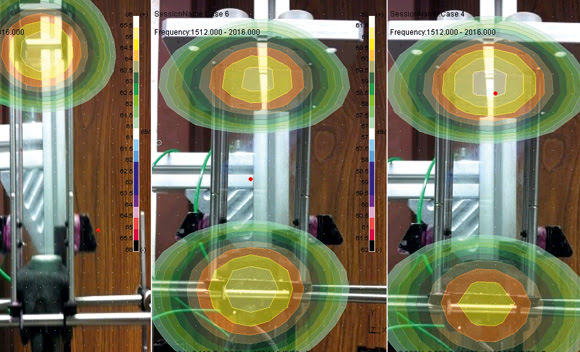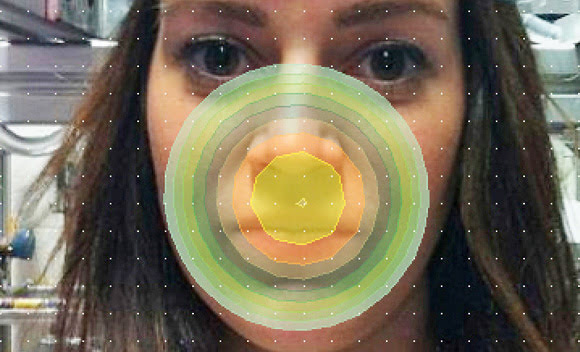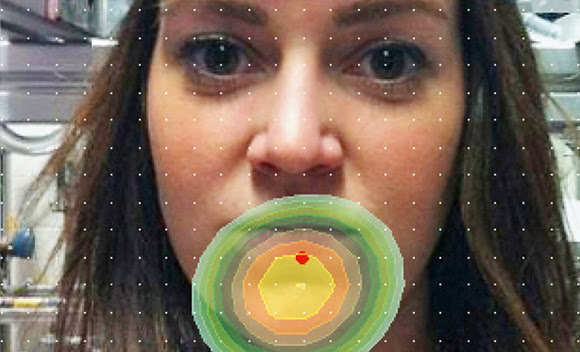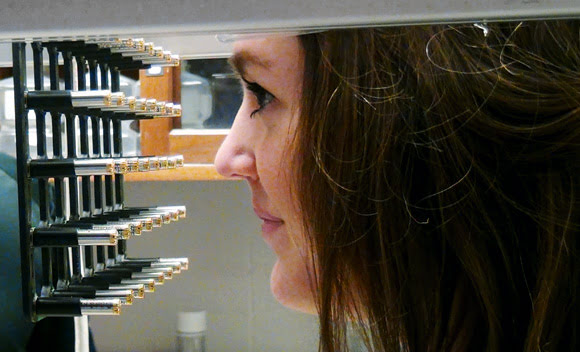Despite Tweeting, Facebook and texting, our voice remains our primary tool for communication, and many of us seek to improve it. Singers need to recover from vocal cord strain, business professionals want to project sound better, and hospital patients deal with post-operative damage to vocal cords. Most of us would like to have better vocal power, sound more resonant, or sing better.
Understanding voice acoustics
Our voice is generated by vibrations of the vocal folds. These folds are found in the larynx, which is located in the middle of your neck. The vibrations of the folds generate sound at a frequency that determines the pitch of your voice. The sound then propagates to the articulators, the organs located above the vocal folds such as the tongue, uvula, cheek, or lips, which filter the sound through a series of acoustic resonances. This filtering process transforms sound into a series of vowels and consonants, thus creating the final output – intelligible speech.
Even with marked progress in science and medicine, we lack detailed understanding of how the voice is generated. Voice and speech are integrated outcomes, yet scientists often separate them to understand the specifics of each, and to determine what mechanisms are important. But both outcomes can be affected by distortion. For example, breathiness or hoarseness are disorders that are related to voice, while stuttering is a disorder that is related to speech. Using modern engineering and the latest acoustic techniques, we are cutting a new path in the study of the human voice.
Jet engines and voice boxes
Our lab is researching voice mechanisms and its various disorders by bridging the fields of medicine and engineering. It was founded by Drs Sid Khosla and Ephraim Gutmerk. Dr Khosla is a laryngologist and an airway surgeon who has received several grants from the US National Institutes of Health to investigate causes of voice disorders, and best ways to treat them. Dr Gutmark is an Ohio Eminent Scholar and distinguished professor of aerospace engineering who studies the noise mechanisms in jet engines and best ways to reduce them.
Our voice lab’s unique approach is in taking existing knowledge about jet engines from aerospace engineering and using it to study the voice. Understanding how airflow patterns affect sound in a jet engine (aeroacoustics) helps us determine how we can reduce jet noise. So we are applying the same physical understanding of aeroacoustics to study normal and abnormal cases of voice. Once you understand how the structure of the airflow produces acoustics, you can work on either making the acoustics quieter – for jets – or making them stronger, for voices.
Vocal cord vortices
Our lab was the first to observe that vortices form in the airflow that passes between the vibrating vocal folds. A tornado is an extreme example of a vortex that is created by the airflow. Using an advanced laser imaging technique that is well established in aerospace engineering to measure airflow – particle image velocimetry (PIV) – we found that small vortices are formed between the folds. We know that vortices in a flow can have a marked effect on its acoustics, but we do not yet understand how these vortices might affect voice or speech. However, one of our findings shows that the vortex strength weakened or disappeared when we simulated an abnormal voice condition.

Mapping the acoustic distribution
Recently, our voice lab used near-field acoustic holography (NAH) to study the sources of sound in the vocal folds and the articulators. With the help of Tony Frazer and Dave Bush from Brüel & Kjær, we set up an experiment that simulated sound propagating from the vocal folds to the articulators. We then used NAH to identify how the modes of the acoustics changed as we varied the parameters in each experiment. The images showing the set-up give an example of the sound modes that we observed in the model. Our findings were well received at the 2014 International Conference on Voice Physiology and Biomechanics in Salt Lake City, Utah.


Towards treating disorders
As we continue to use NAH to study voice, and potentially speech, we hope to take our established method of measuring the airflow between the vocal folds (PIV) and pair it with spatial distribution measurements of the acoustics (NAH). By coupling these two methods, we will better profile the aeroacoustic attributes such as vortices that exist in the human voice. Discovery of these additional sources that affect sound may open up a whole new way

Inscreva-se em nossa Newsletter e receba as últimas histórias do nosso mundo de ruído e vibração


